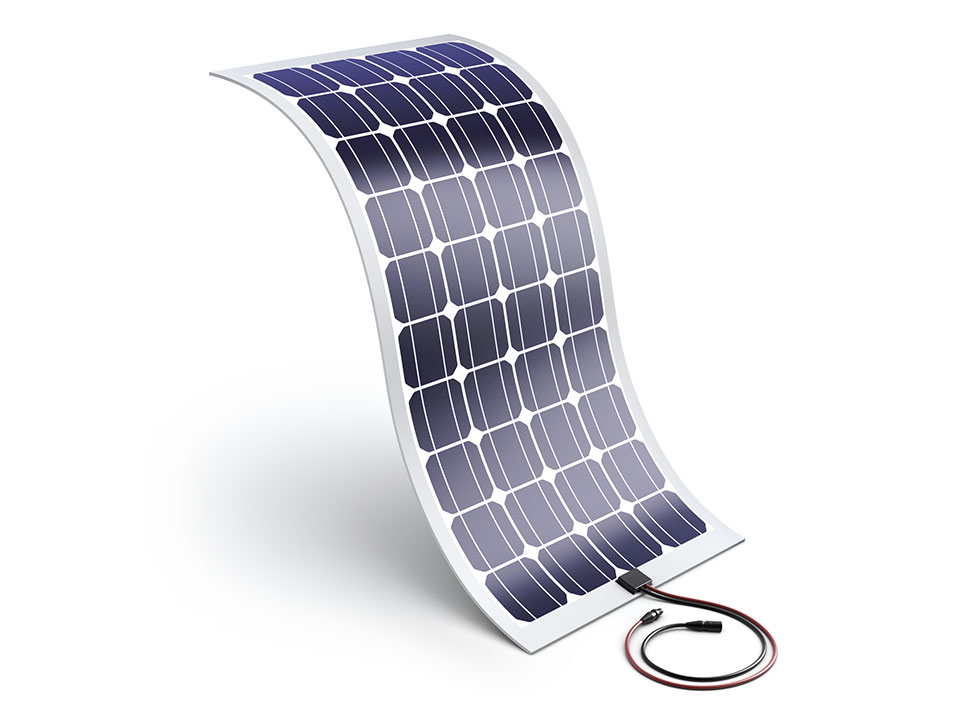Solar
DLIP enables increased efficiencies of organic solar cells or an increase in transmission on metallic thin film electrodes.
35% higher efficiency of organic solar cells through DLIP
DLIP enables the production of large-area, two-dimensional and periodic surface patterns on polyethylene terephthalate (PET) substrates, which is used as a standard material in organic photovoltaics. Due to the created structures, DLIP achieves a relative increase in efficiency of 35% (winner of the German High Tech Champion Prize 2011).

81% increase of transmission on metallic thin film electrodes by DLIP
New, highly efficient, transparent electrodes could be produced without the use of rare raw materials such as indium, because of a new generation of thin metallic layers with high transparency and electrical conductivity.
DLIP can be used to produce dot-like surface structures on thin metallic films. This leads to an 81% improvement in the optical transparency of the material while maintaining good electrical properties.
In the solar industry, DLIP offers a promising alternative to ITO cover electrodes, which is why DLIP won the Green Photonics Award 2015 (SPIE Photonics West in San Francisco, USA).
Do you have any questions?
Contact us now. Our experts will be happy to support you!
Big changes start on a small scale.
Do you want to learn more and test the DLIP effects on your products?